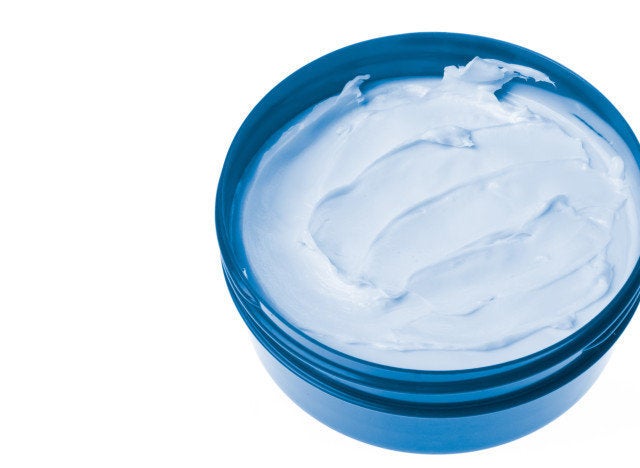As if dry skin and wind burn weren't enough, we've got yet another reason to wish it were summer again. Our latest gripe are hangnails, those pesky perpetrators that seem to ruin our weekly manicures.
Whether it's the throbbing pain of the hanging skin or the constant urge to rip them the eff off, everything about them just makes us want to scream. With that in mind we spoke with a dermatologist and a manicurist about everything hangnails: how to get rid of, treat and possibly prevent them for good.
First up...
What is a hangnail?
While it seems like hangnails are directly correlated with nails, they are more associated with the cuticle. Board-certified dermatologist Dr. Maryann Mikhail of Spring Street Dermatology told us, "A hangnail is a piece of skin that separates from the side of the cuticle," meaning they have more to do with the surrounding parts of your tips.
What's the cause?
There are multiple issues that can trigger hangnails. "Nail clipping can lead to hangnails if the nail is trimmed along the lateral aspect of the nail," Dr. Mikhail says, which means cutting along the sides, rather than the top, of the nail. Mikhail also adds that "pushing back or cutting cuticles too aggressively," can also be irritating.
And surprise, surprise: winter also has something to do with them as cold weather exasperates dry skin.
How do we get rid of them?
Two words: Don't rip. And we mean it. Why? Ripping "can leave an open wound and introduce bacteria, which can result in an infection called paronychia," Mikhail says. And you probably know that throbbing feeling that comes with the raw, red territory after you've accidentally pulled off a hangnail.
Instead, do it the gentler way. Paintbox manicurist Beatrice Nemiro says "to soften [the hangnail] a little by soaking in warm water for five minutes," beforehand. Both Nemiro and Mikhail recommend cleaning your hands with an antibacterial soap, then cut the sucker off from the base with a cuticle or nail clipper. Then add an anti-bacterial ointment and patch it up with a Band-Aid.
What to do when you can't remove it:
If a nail clipper isn't available, try something else. After washing your hands, Dr. Mikhail advises to apply "either Vaseline or a Bacitracin ointment and cover it with a Band-Aid." If there's a first aid kit laying around nearby, check to see if it has any medical adhesives that could help keep the dangling piece in place. The last think you want is a hangnail catching on something.
How can we prevent them?
Moisturize. "Cuticle oil is your friend," Nemiro says, adding that "it is not only amazingly nourishing for your cuticles but it helps in the overall health of your nail." She mentions that once a day, preferably before bed, is great for use.
Nemiro and Dr. Mikhail advise regular use of lotions for added moisture, as well as vitamin E, which is hydrating and great in treating nicks and scars.
Finally, Nemiro says that it is perfectly fine to express hangnail concerns with your manicurist and let them know if you don't want your cuticles cut. Mikhail notes: "The cuticle is meant to protect the root of the nail from invasion by bacteria, fungus and viruses." So, if that area is damaged by a tool, especially a dirty one, you could be looking for trouble that goes deeper than a hangnail.
If you have any questions regarding hangnails, please consult your doctor or dermatologist.
See more winter tips and remedies on HuffPost Style's Pinterest!
Follow HuffPost Style's board Tender, Love & Care on Pinterest.
